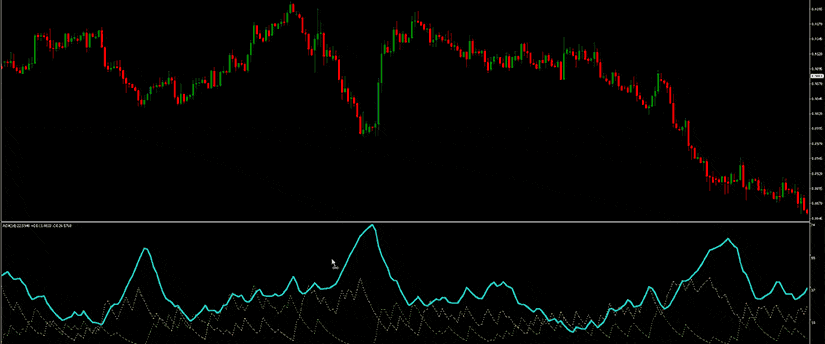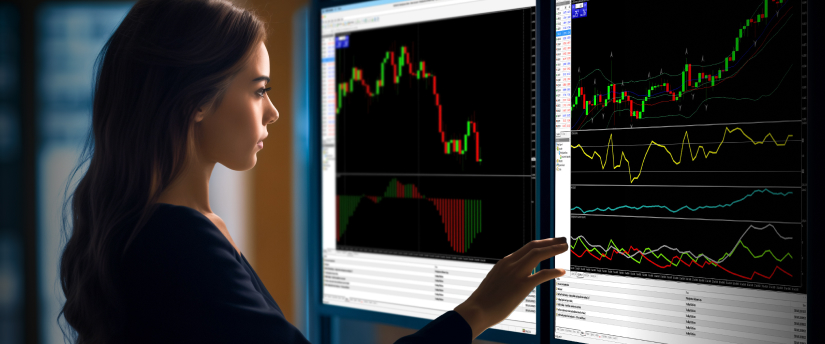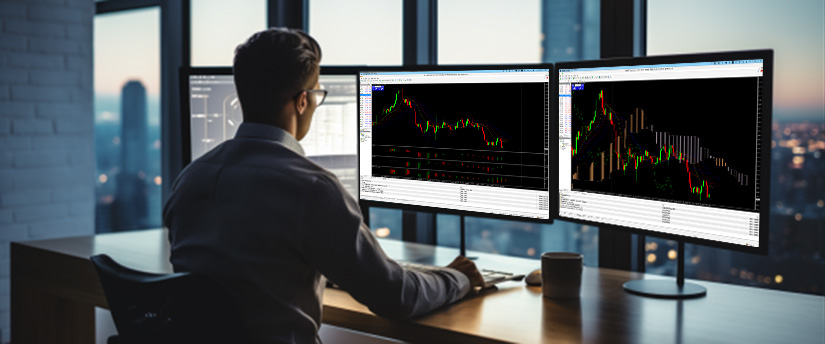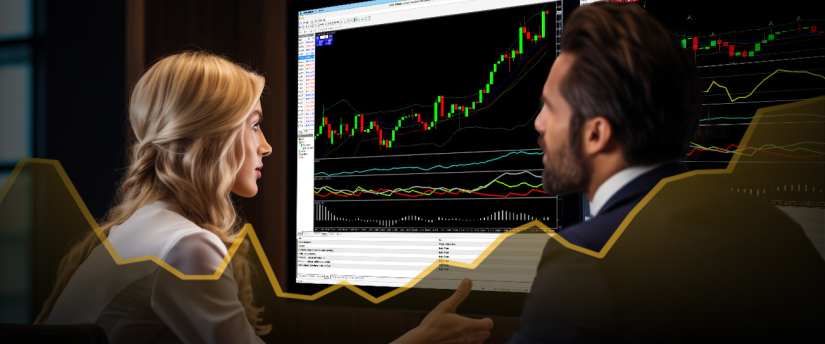Most new forex traders enter the market sort of haphazardly. They either under- or overprepare, and the unpredictability of forex takes them by surprise. That doesn’t mean they aren’t capable, or can’t become successful traders, but rather indicates that FX is difficult to learn and that most readily available material doesn’t do a good enough job of teaching them.
However, there’s also the fact that the brokerage they choose can shape their experience significantly. Not only can brokers have a major role in trader education, but the service quality itself can determine whether it’s possible to navigate certain situations fruitfully.
Think about it: if a broker attaches, for instance, a $3 cost to each trade, it’ll be incredibly difficult to turn a profit. Essentially, each trade would have a $3 edge against the trader, meaning they couldn’t just win 50% of the time to break even, but rather need to make at least a $3 profit to stay in the green. That skews the percentage significantly and makes it much harder to succeed long-term.
Pricing is an obvious example, but there are many pitfalls that traders can avoid if they choose a suitable broker. This article will go over them.
Demo accounts – A solution to a lack of practical experience
Many people have had the experience of going through college, getting into the workforce, and feeling woefully unprepared. The same thing happens to traders who only learn from materials and have no actual market interactions during their trading education.
Demo accounts are there to help, and most new traders must have heard of them already. However, even with demo accounts, there are slight differences that can end up being significant.
Ideally, traders want their broker’s demo account to be as close to real market conditions as possible. They’ll never be completely the same, since demo accounts don’t connect to actual markets so there’s no slippage and execution is always perfect, but it’s still something to strive towards.
Here are some things traders would want on a demo account:
- All the assets they are interested in trading
- Identical spread structure, meaning both the same spread and spread type
- Access to all of the tools on the demo platform
- Long duration for the demo account
- As much virtual funds as possible
An important note for the last point is that, even if the broker offers large amounts of virtual funds, newer traders shouldn’t use them all. Brokerages often offer up to hundreds of thousands of dollars, but that’s out of most new traders’ realistic price range.

Instead, traders should aim to make trades of similar sizes to the actual trades they’ll be placing. The amount of funds is there so that, if traders end up failing, they won’t run out and become locked out of using their demo.
Good pricing – Fixing excessive expenditure
Newer traders are often unaware of how much of their total funds end up slipping away to trading costs. This article touched on how pricing affects earlier, but let’s expand on that a bit.
It doesn’t take a genius to understand that lower prices equal a better experience. However, some newer traders get confused by the different types of spread structures that exist on the forex market.
There are three types that traders will commonly encounter. Each will drastically affect the trading experience and suit different strategies and routines.
Fixed spreads
The broker employs a spread-based structure, which takes a small percentage of the trade. The spreads, however, are consistent. That means that, no matter the market conditions, the pricing will always remain the same.
This tactic will suit traders who like to stick to a strict plan, as it means they’ll always be able to calculate the price of their trades. No matter the time of day or what’s happening on the market, the spreads will not change. For traders who like stability, or those with schedules that don’t match peak trading hours, this may be the way to go.
However, it’s notable that fixed spreads are likely higher than the minimal spreads that traders can get. When market conditions are right, the next type offers better pricing.
Floating spreads
Another spread-based structure, but this time with more variation. This structure offers spreads that vary based on various market conditions such as liquidity and volatility.
The key to making use of floating spreads is accessing the markets at the right time. In essence, this means trading around peak hours and avoiding high-intensity times like major news events. In other words, this structure yields the most when markets are operating as they do normally.
As such, it’s perfect for tactics like scalping, which tend to like calm times. Scalpers also target the lowest trade pricing possible due to the massive number of trades they place, so this is somewhat of a match made in heaven. Of course, on the other hand, news traders will want to stay away from floating spread accounts.
It’s also worth noting that floating spread accounts tend to shift more with low-volume assets like exotic currencies, for instance. As such, it’s important for traders to take the instrument they are trading into account, beyond their trading tactic.

Akaun STP/ECN
The STP/ECN pricing structure often offers minimal spreads and replaces them with flat fees. Needless to say, this structure won’t leave much room for profit if traders place a large number of small trades.
However, for buy-and-hold traders, who take large positions and let their value accumulate, this may be the most optimal route. This option has great liquidity and predictable pricing, making it perfect for traders who enjoy one-and-done type strategies.
Additionally, this account type is rarer among online forex brokers. As such, traders who choose these accounts may need to compromise elsewhere in the service.
Choosing the right spread option (usually presented via accounts) is integral in ensuring the financial viability of trading tactics. Of course, even inside of each of these options, there are cheaper or more expensive ones (or ones with tighter and looser spreads). Ideally, traders should go for lower costs if the rest of a broker’s service matches their preferences.
Technical tools – An aid to trading
A lot of newer traders come into forex trading with a puritanical mindset and want to do everything by hand. However, modern trading tools give a significant edge to traders who are adept at using them. This is an extremely deep topic, and traders can learn new things for years upon years. However, newer traders will want to focus on:
- Charting tools and platforms (Trading Central, for instance)
- Calculators
- Signals
- Economic calendars
- High quality platforms (MT4, MT5, cTrader)Copytrading as a niche option
These tools can significantly improve a trader’s ability to understand market situations and react properly.

Conclusion
There are many other ways brokers can improve a new trader’s difficult initial period. Education can help traders develop crucial skills and quality support can help out with issues regarding the service and technicalities. It’s immensely important for traders to choose a good and well-rounded broker, as it significantly impacts both practical trading and the user experience. Traders should explore their options and make sure the broker not only offers a good service, but also matches their trading style of choice.
Disclaimer:
This information is not considered investment advice or an investment recommendation, but instead a marketing communication.
















